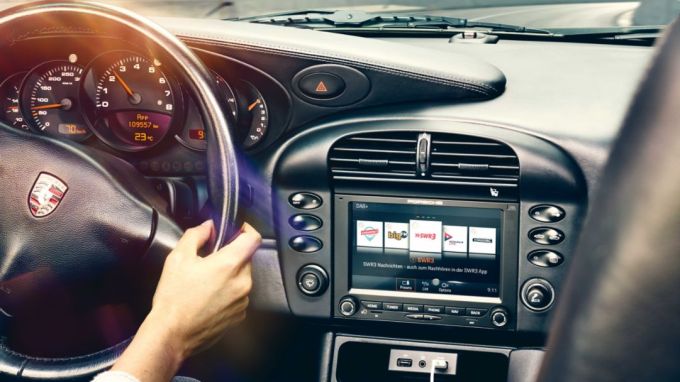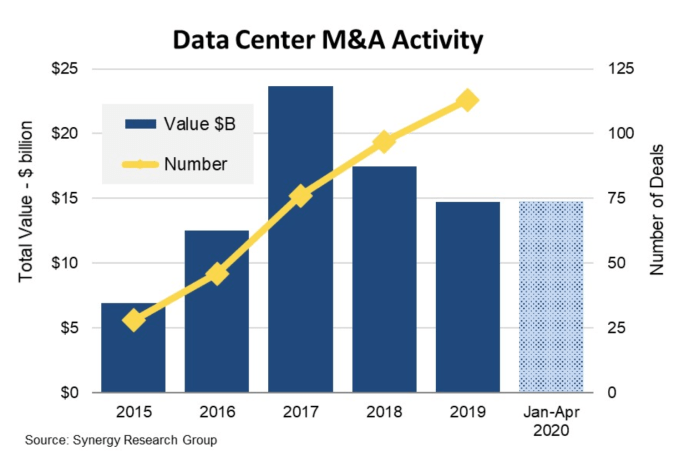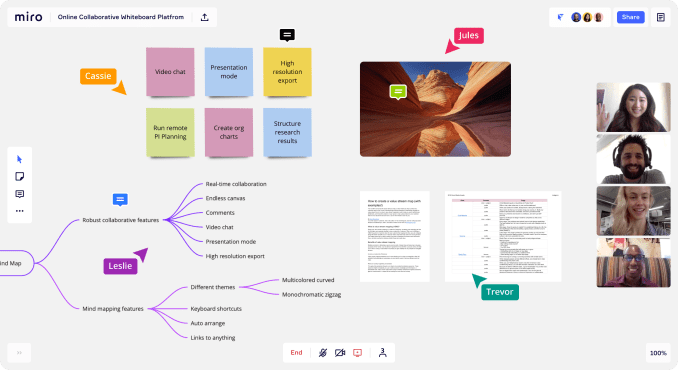Real-time voice transcription service Otter.ai is adding new functionality that will aid home school students and work-from-home employees alike. The company today is introducing an integration with Zoom in order to provide “Live Video Meeting Notes” — meaning, the ability to record and and view a live, interactive transcript directly from a video conference.
The feature is also designed to work even if the meeting participant is using a headset or earbuds, the company says.
To access the Live Video Meeting Notes, meeting participants can open the Otter.ai Live Transcript from the LIVE menu at the top of the Zoom window, then log into Otter.ai. However, they won’t need to remember to start or stop the live transcript — that happens automatically. The Otter live transcripts will also be available through the Zoom app on mobile.
When the meeting wraps, users can also refer back to the transcript to highlight, comment, and add photos to their meeting notes.
The feature is available for Otter for Teams and Zoom Pro subscribers or higher. The meeting host will need to have an Otter for Teams subscription, which is $20 per seat per month, with a minimum of 3 seats, based on the annual plan. Interested customers can trial the service for free for 2 months, using the code “OTTER RELIEF.”
The ability to access a transcription of the online meeting comes at a time when all business that can be managed virtually by home workers has been moved out of the office, amid the coronavirus pandemic. This, in turn, has seen the use of video conferencing apps skyrocket.
Otter.ai, too, has felt the effects of the COVID-19 pandemic on its business.
According to Otter.ai CEO and founder Sam Liang, Otter usage with Zoom meetings has increased by more than 5X in the past few weeks and the company has seen more sign-ups from remote workers and students engaged in distance learning.
Besides being a useful tool for those attending web conferencing meetings, Otter’s transcripts can help people catch up with meetings they missed — a more common occurrence these days, as workers juggle their jobs, health, parenting, and home school teaching duties simultaneously.
To date, Otter has transcribed more than 25 million meetings, totaling over 250 million transcribed meeting minutes. While the company doesn’t disclose its user numbers or revenue, Liang told TechCrunch Otter.ai’s annual revenue run rate has doubled in less than four months since the end of 2019. The company is not yet profitable, but features like this new Zoom integration may help to push free users to paid plans.
“Virtual meetings have skyrocketed during the COVID-19 outbreak as organizations recognize that high quality voice meeting notes are a critical tool for employee productivity when collaborating within an office or in any virtual meeting,” said Liang, in a statement about the new integration.
The launch comes on the heels of Otter.ai’s existing partnership with Zoom, which allowed the video conferencing solution to license Otter’s voice transcription technology to offer post-meeting transcription. These transcriptions, however, would only be available an hour or two after the meeting wrapped, without any way to view the transcript being written live, in-real time, as today’s new integration allows. It also didn’t offer any way to interact with the transcript, such as highlighting or leaving comments.
In addition, the post-meeting transcription service was only aimed at Zoom Business users, while the new features are offered to Zoom Pro users.
Otter.ai says the new Zoom feature set is only one of several video conferencing integrations it has in the works, but didn’t provide details on what other services may be supported in the future.
The startup earlier this year raised another $10 million in funding from new strategic investor NTT DOCOMO. To date, Otter.ai has raised $23 million from Fusion Fund, GGV Capital, Draper Dragon Fund, Duke University Innovation Fund, Harris Barton Asset Management, Slow Ventures, Horizons Ventures and others.




